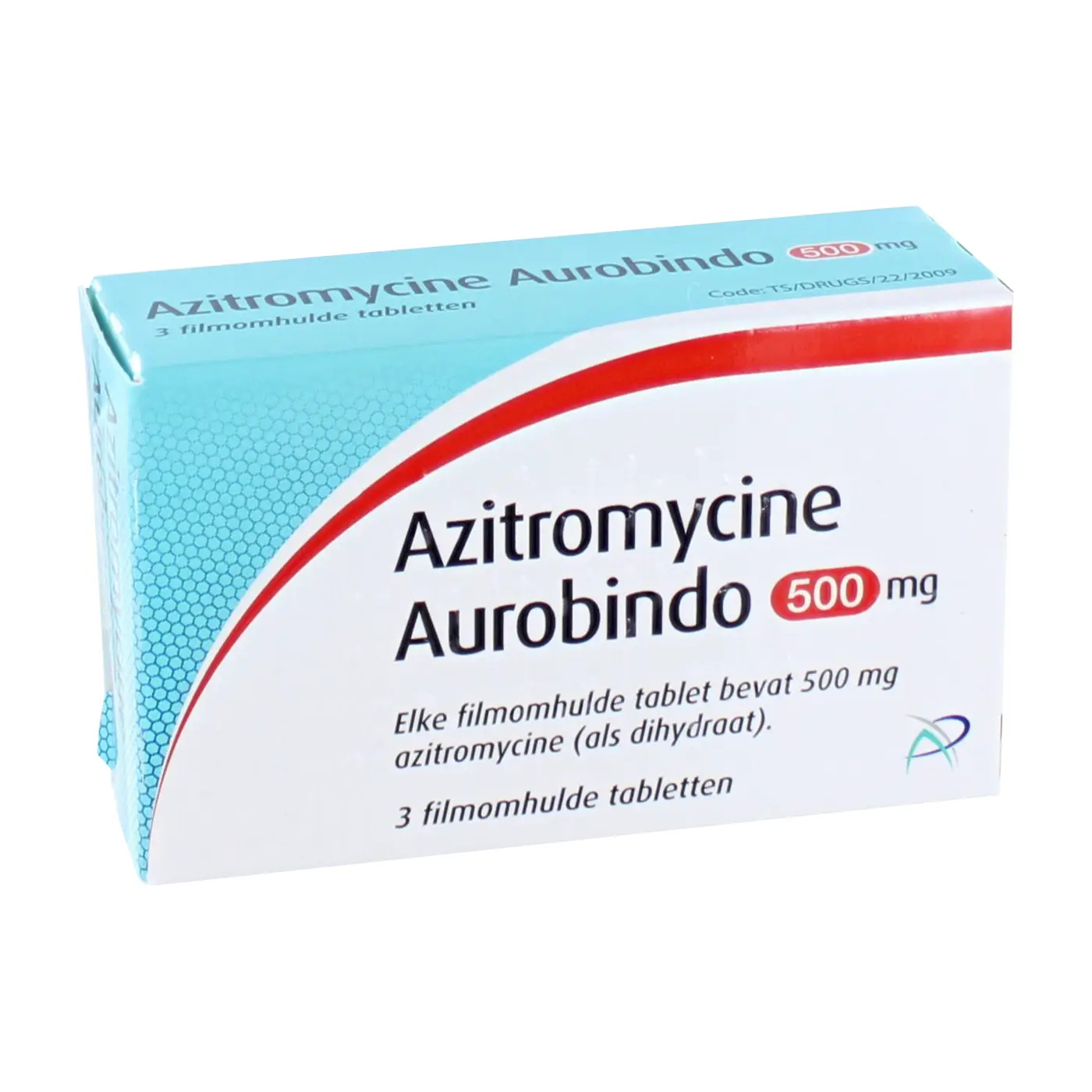Why Choose Azithromycin?
Effective Against Broad Spectrum Bacteria: Azithromycin's ability to combat a wide range of bacterial infections makes it a versatile choice for treating various ailments. Its broad-spectrum activity ensures that it can effectively target many common bacterial pathogens, making it a valuable tool in fighting infections.
Convenient Dosing Schedule: The once-daily dosing regimen simplifies treatment and improves patient compliance. This ease of use contributes to better adherence to the prescribed course, leading to more successful outcomes and reduced risk of antibiotic resistance.
Long Half-Life for Sustained Action: Azithromycin's extended half-life allows for sustained antibiotic levels in the body, maximizing its effectiveness. This characteristic ensures that the medication continues to fight infection even after a single dose, providing prolonged protection and convenience for patients.
Tissue Penetration for Targeted Treatment: Azithromycin effectively reaches infection sites, ensuring targeted treatment and improved outcomes. Its ability to penetrate tissues ensures that the medication reaches the source of infection, maximizing its effectiveness and minimizing potential side effects.
Suitable for Various Formulations: Available in tablets, capsules, and suspension forms to accommodate different patient needs. The variety of formulations allows healthcare providers to tailor the treatment plan based on individual patient preferences and circumstances, ensuring optimal adherence and effectiveness.
Always follow your doctor’s instructions for the best results and safety.


